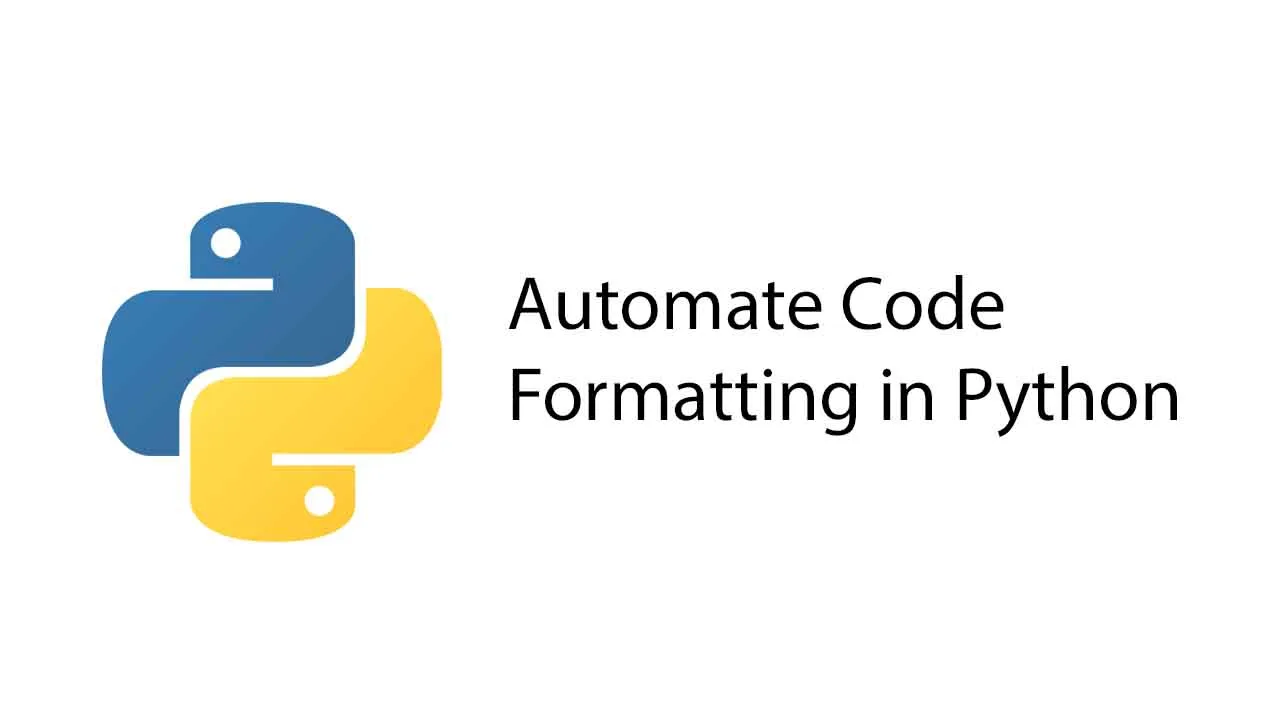Right off the bat, let’s clarify an important distinction. Writing code that works and writing good code are two very different things. The former is a skill while the latter is an art form, and this difference distinguishes great programmers from the crowd.
When we talk of good code, the word ‘good’ is vague by design. That’s because there are no rules set in stone about what makes code good or bad. All we have are some abstract guidelines such as readability:
Programs are meant to be read by humans and only incidentally for computers to execute.
Abelson & Sussman
Those are two MIT professors with pretty solid credentials. Identifying the quality of code is an intuition that is honed over time, through practice and experience. Code reviews go a long way towards this goal.
Code review is the process where developers more experienced than yourself read through your code and suggest improvements that could make it better. These suggestions can improve performance, incorporate new language features, patch security oversights, or correct code style.
 … when it comes to code review.
… when it comes to code review.
But manual code reviews are expensive. The time it takes someone to read your code is time they did not spend building awesome stuff. They are also error-prone and by no means comprehensive. There are human limits to knowledge and memory.
Enter automation. Automated code reviews are faster, less error-prone, and more in-depth than their manual counterparts.
Let’s dive deep into the process with a sample project containing a single Python file. We’ll riddle the file with issues and then set up a workflow that automatically finds and fixes these problems.
#python programming #code formatter #python
